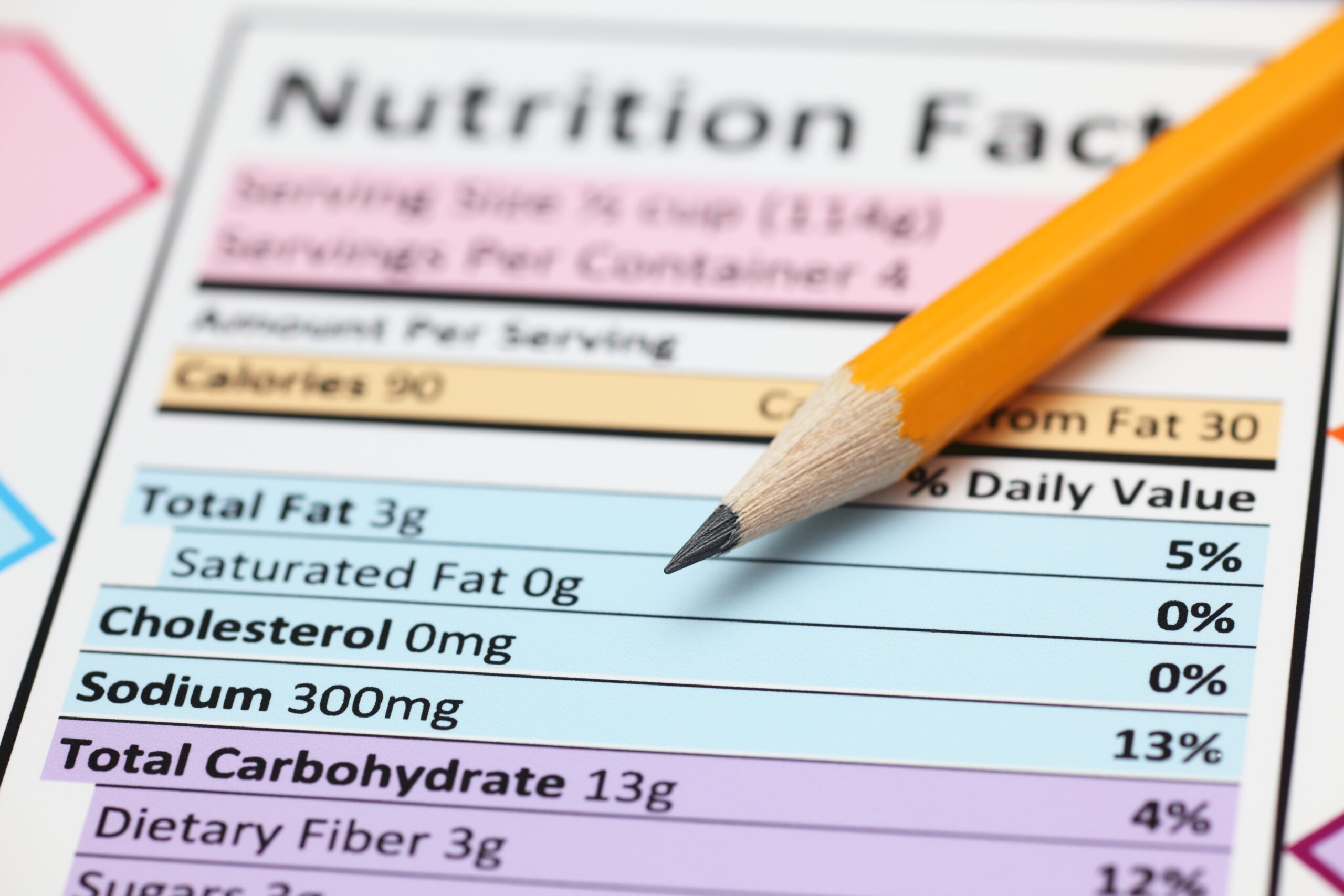
How to read nutrition labels
Last Updated on July 18, 2022
Learning to properly read nutrition labels can help empower you to make the best choices in your weight loss journey. While the information can seem overwhelming at first glance, once you know what to look for, you’ll have the tools and information you need to succeed post-surgery.
Start with ingredients.
Ingredients on nutrition labels are listed in descending order (by weight), which makes it easy to tell if the food is high or low in a certain ingredient. For example, if sugar is listed in the first 3 ingredients, you know that this food is high in sugar. The less ingredients a food has, likely the less processed it is. Look for a short ingredient list to make the healthiest choice!
Pay attention to serving size.
Once you’ve perused the ingredients list, take a look at the nutrition label, and specifically the serving size. All of the information below (like calories, fat, protein etc.), is based on the stated serving size. Decide how many servings you may consume, and then multiply the information accordingly. For example, if a serving size is 1/2 cup of yogurt, and you’re planning to eat 1 cup, you should double the calories, fat, carbohydrates and protein to get an accurate estimate.
Protein.
The nutrition label will let you know how many grams of protein are found in one serving of the product. Again, make sure to calculate how many servings you will be eating to determine the actual amount of protein you’ll be consuming. After weight loss surgery, your goal is to get at least 60-70g of protein per day; which roughly means 20-30g at meals and 5-15g at snack time.
Carbohydrates.
We generally don’t recommend focusing on carbohydrates too much, but you may be interested in what to look for as a general rule. Your intake of carbohydrates will vary depending on where you are in your weight loss journey. For the first 6 months after surgery, your intake of carbohydrates will be around 50g or less, this will increase to about 90g after 6 months to a year, and then no more than 120g after one year post surgery. Instead of focusing too much on carbohydrates, however, we recommend looking to see if your food choices have fibre (4g of fibre or more is a great source) and are low in sugar (less than 5-10g).
Fat.
The majority of the fats you eat should come from monounsaturated and polyunsaturated sources. Stay away from any products that have trans fat, as adding this type of fat can increase your risk of heart disease. Depending on where you are on your journey, your total fat may fall somewhere between 20-50g per day. You need fat for optimal hormonal function and to help absorb various vitamins A, E, D, and K, among others.
Sodium.
The last thing to look at is sodium (salt). We recommend consuming less than 2300mg of sodium per day (some people are required to keep it down to 1500 mg, depending on health conditions). Sodium is used in many processed, canned and frozen foods. The good news is that the more whole foods you include in your diet like chicken, fish, legumes, fruits and vegetables, the less sodium you will consume.
If this all seems a bit overwhelming at first glance, there’s no need to worry – you won’t be alone! Our 5-year aftercare program ensures you have on-demand guidance from our incredible team of nutrition experts every step of the way.
If you’d like to learn more about gastric sleeve surgery, and our 5-year aftercare program, contact us today.






